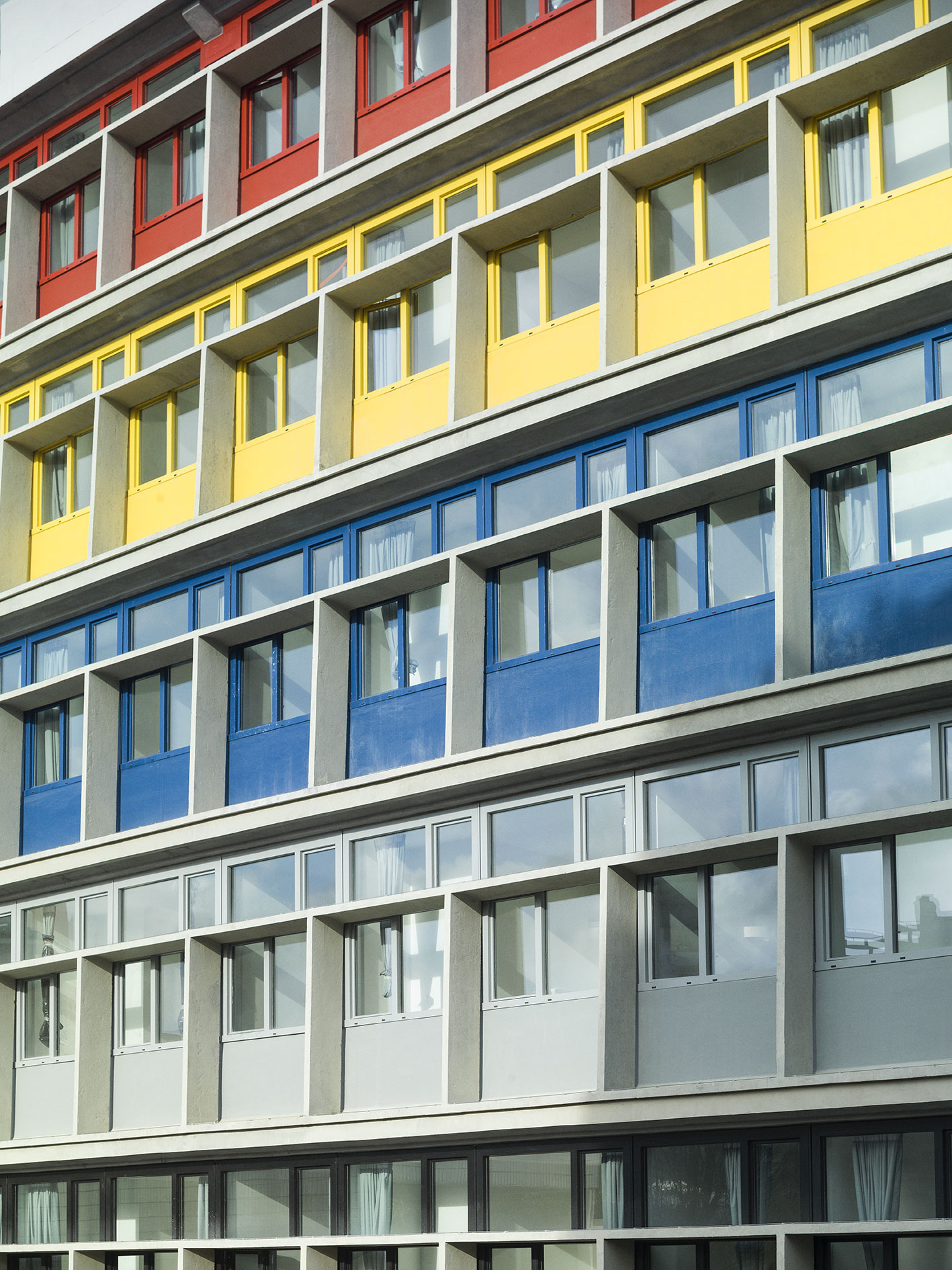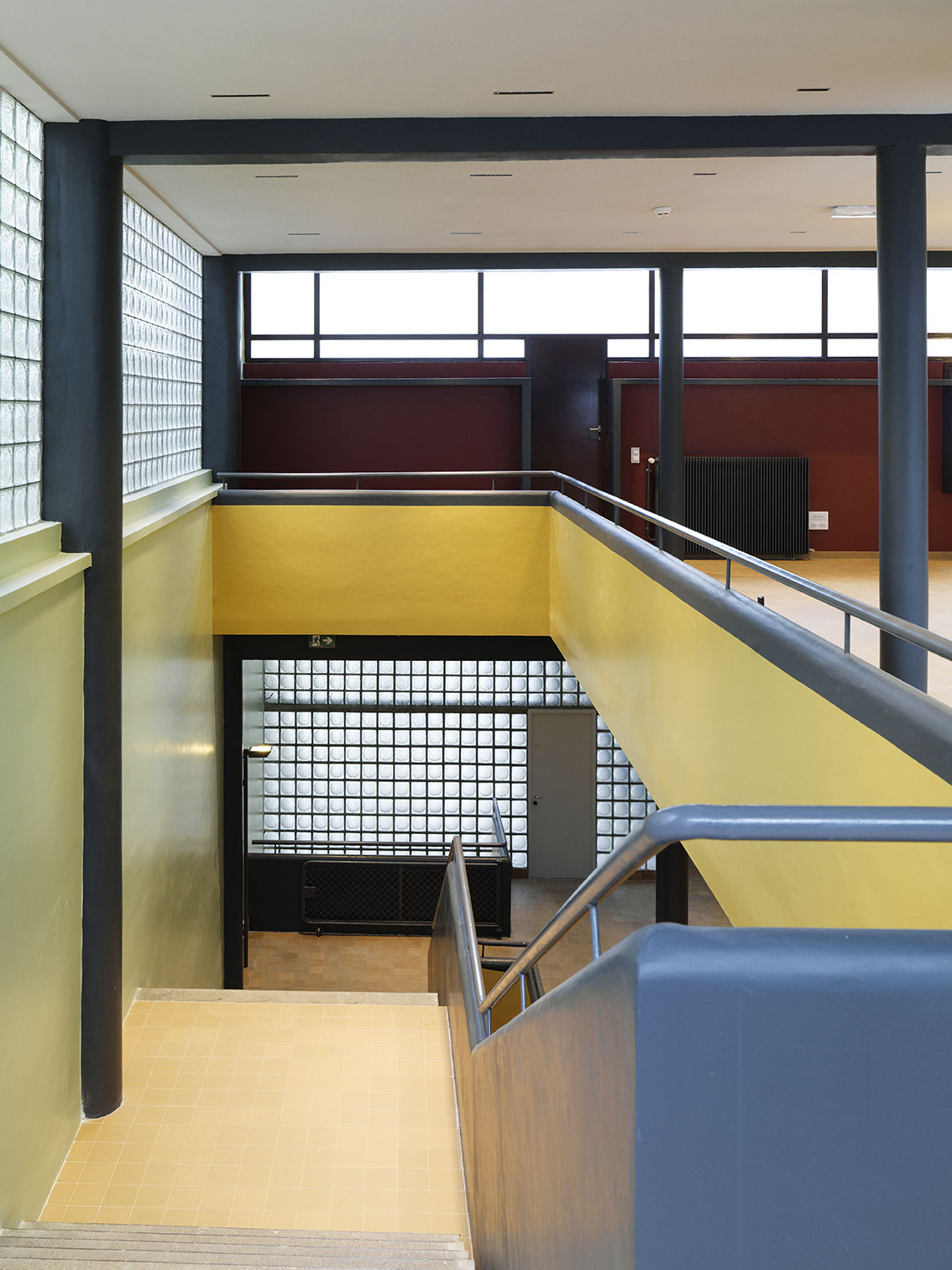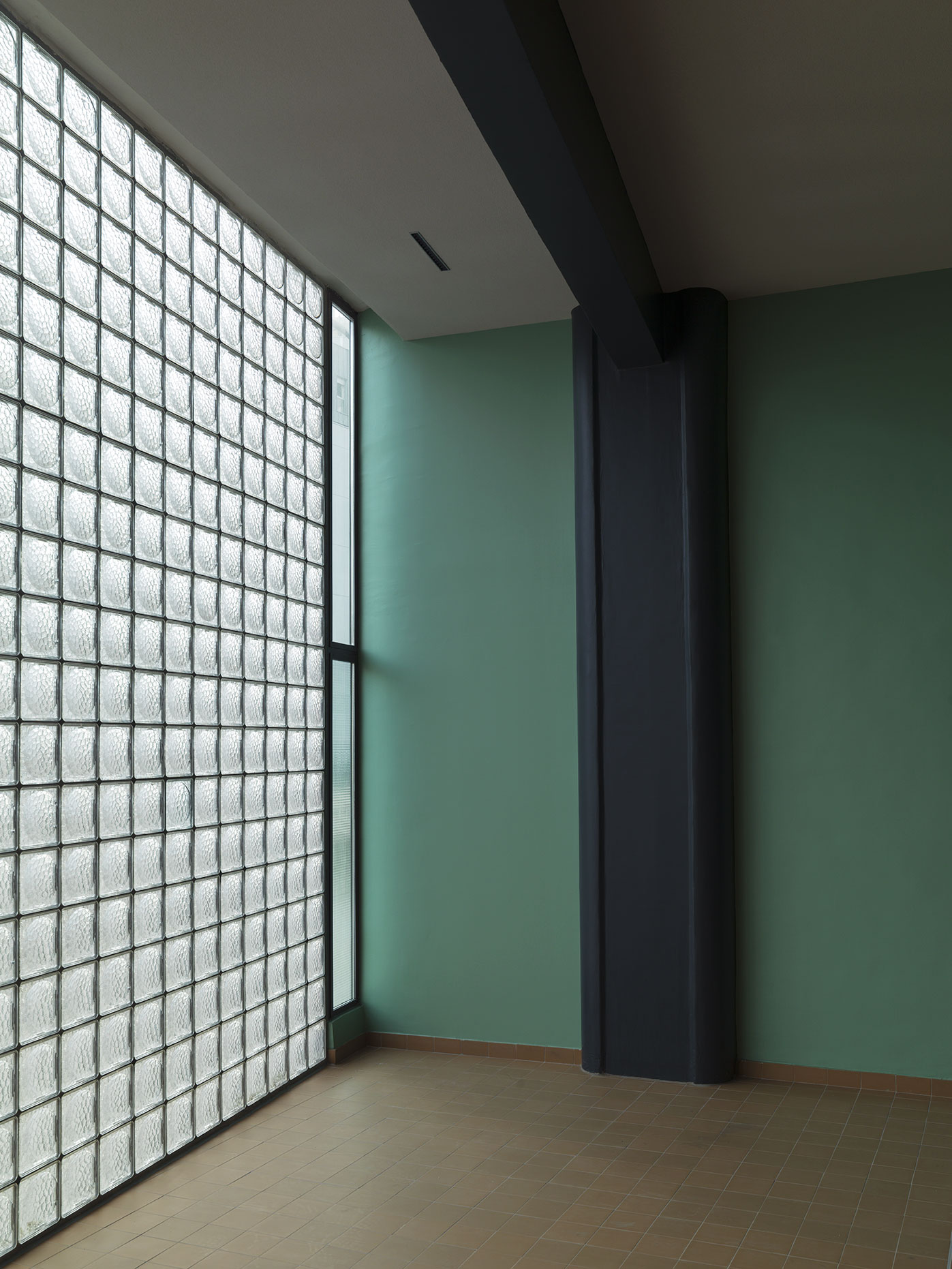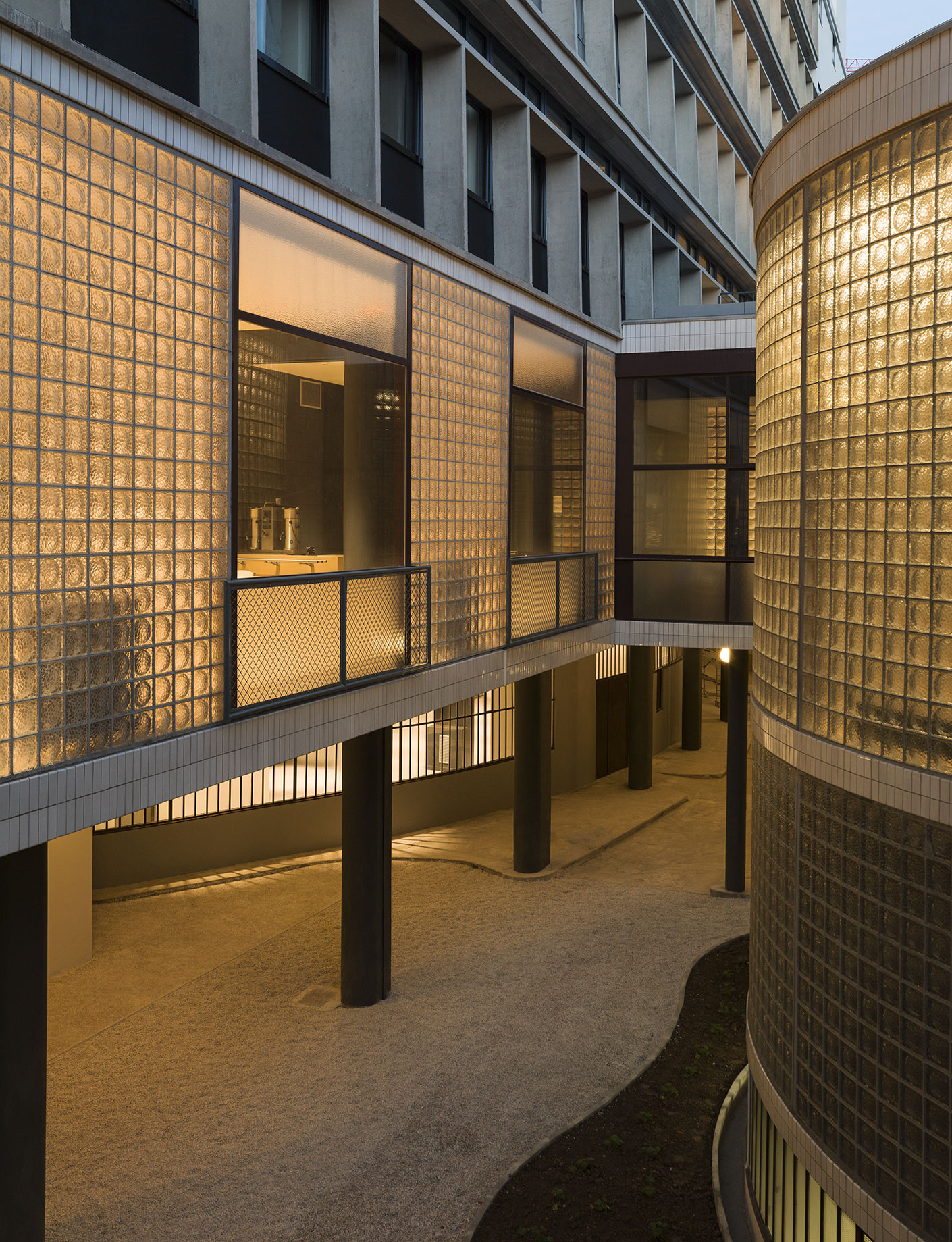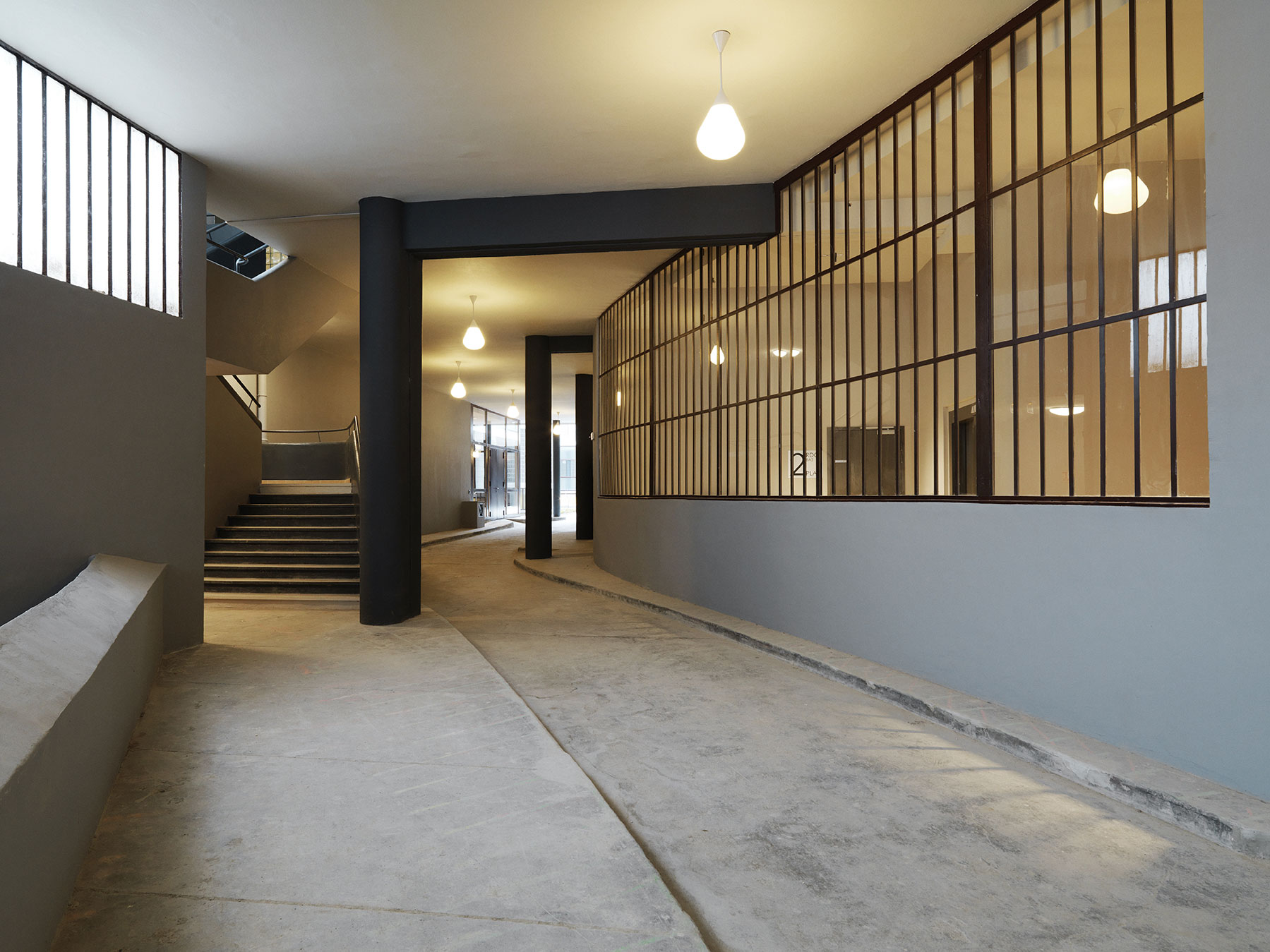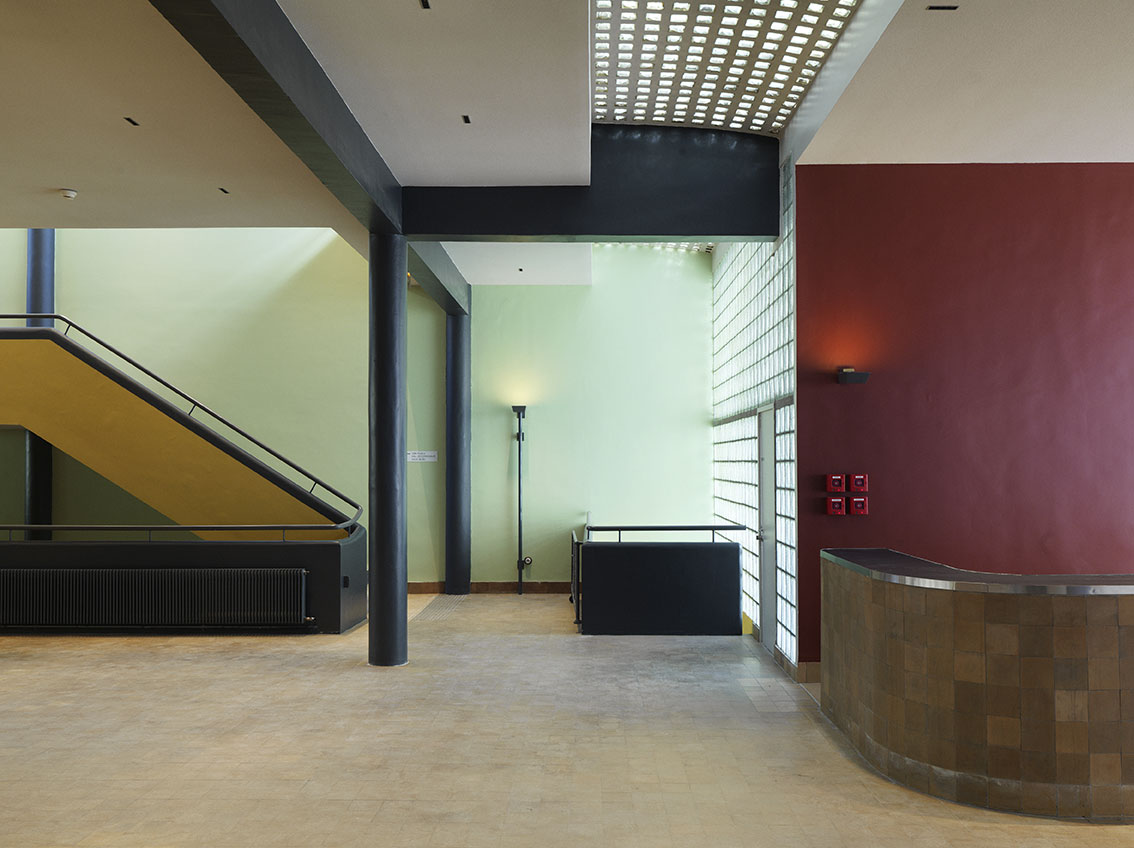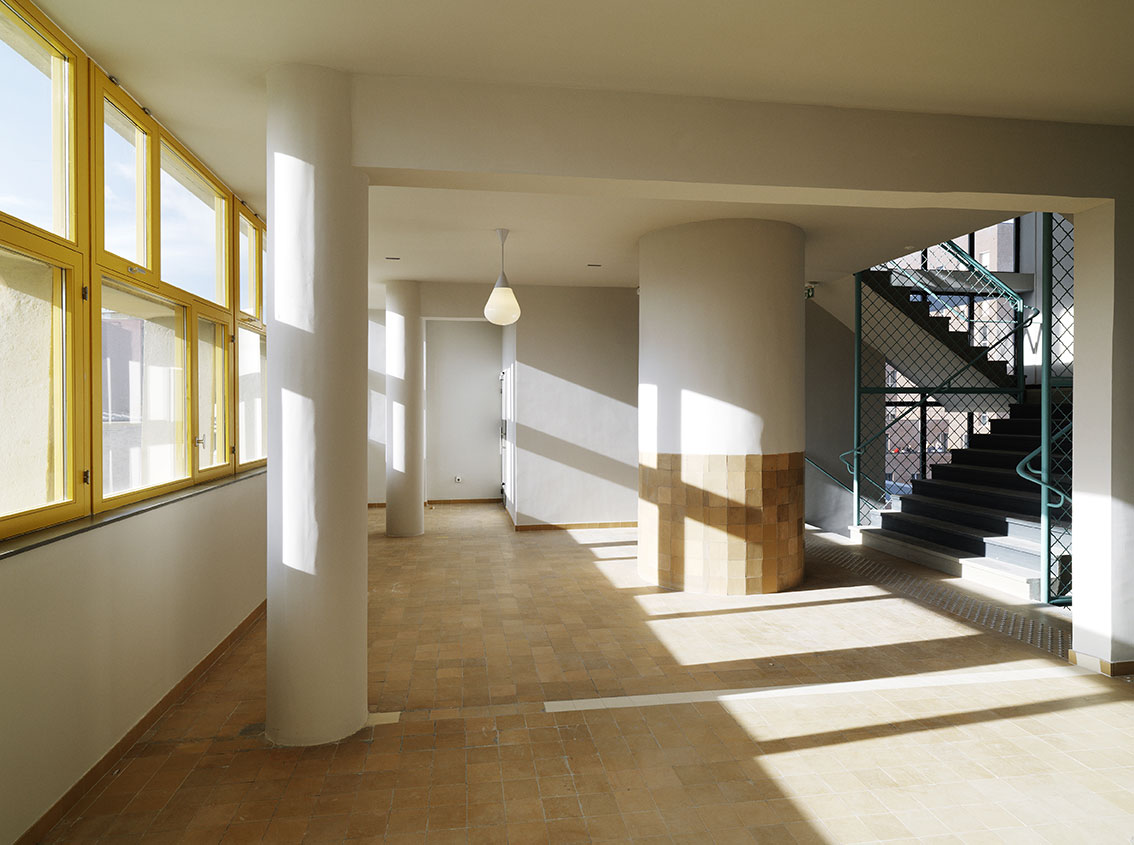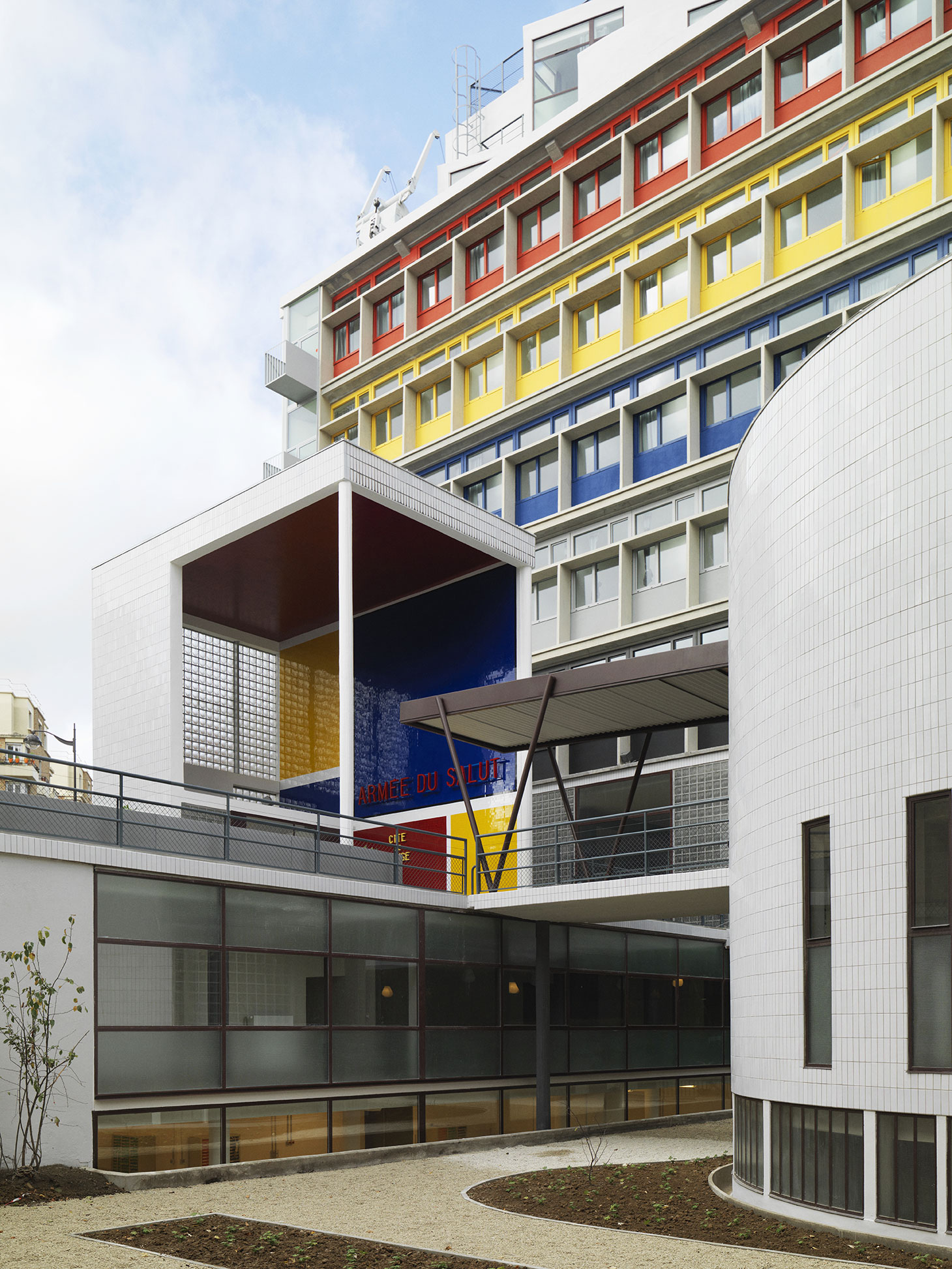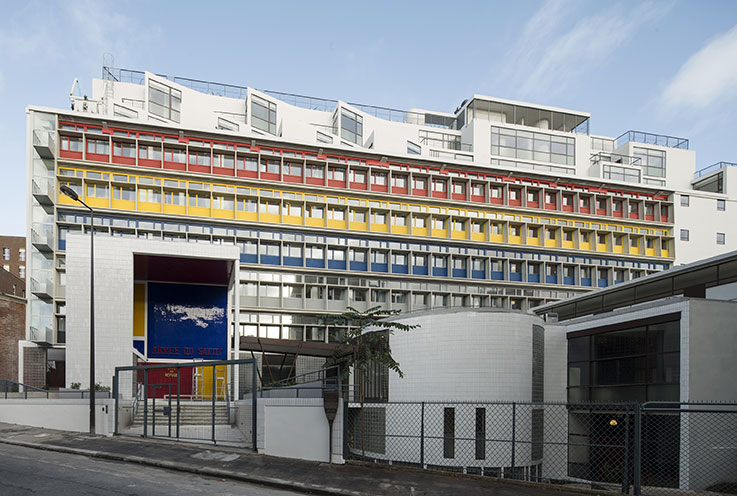In 1929, the Cité de Refuge was the first large Paris-based commission to have been awarded to Charles-Edouard Jeanneret, known as Le Corbusier, and his cousin Pierre Jeanneret.
This ambitious project was based on the social ideals of the Salvation Army to accommodate people in need of housing and social reintegration, and yet was in itself a work of art. The finished building offered a perfect illustration of Le Corbusier’s ideas at the time and was a remarkable application of the five-point theory of modern architecture.
